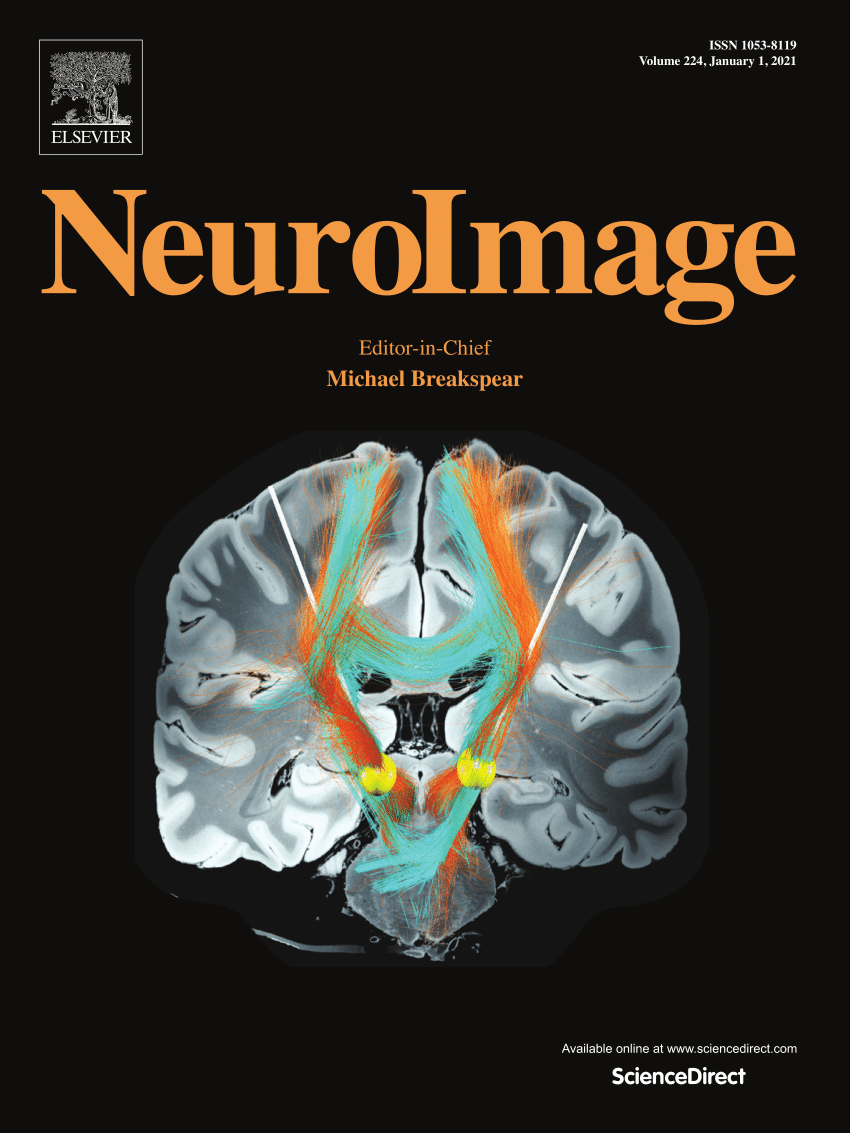Neuro-immune communication at the core of craving-associated brain structural network reconfiguration in methamphetamine users
IF 4.7
2区 医学
Q1 NEUROIMAGING
引用次数: 0
Abstract
Methamphetamine (MA) use disorder is a chronic neurotoxic brain disease characterized by a high risk of relapse driven by intense cravings. However, the neurobiological signatures of cravings remain unclear, limiting the effectiveness of various treatment methods. Diffusion MRI (dMRI) scans from 62 MA users and 57 healthy controls (HC) were used in this study. The MA users were longitudinally followed up during their period of long-term abstinence (duration of long-term abstinence: 347.52±99.25 days). We systematically quantified the control ability of each brain region for craving-associated state transitions using network control theory from a causal perspective. Craving-associated structural alterations (CSA) were investigated through multivariate group comparisons and biological relevance analysis. The neural mechanisms underlying CSA were elucidated using transcriptomic and neurochemical analyses. We observed that long-term abstinence-induced structural alterations significantly influenced the state transition energy involved in the cognitive control response to external information, which correlated with changes in craving scores (r ∼ 0.35, P <0.01). Our causal network analysis further supported the crucial role of the prefrontal cortex (PFC) in craving mechanisms. Notably, while the PFC is central to the craving, the CSAs were distributed widely across multiple brain regions (PFDR<0.05), with strong alterations in somatomotor regions (PFDR<0.05) and moderate alterations in high-level association networks (PFDR<0.05). Additionally, transcriptomic, chemical compounds, cell-type analyses, and molecular imaging collectively highlight the influence of neuro-immune communication on human craving modulation. Our results offer an integrative, multi-scale perspective on unraveling the neural underpinnings of craving and suggest that neuro-immune signaling may be a promising target for future human addiction therapeutics.
神经免疫交流是甲基苯丙胺吸食者渴求相关脑结构网络重组的核心。
甲基苯丙胺(MA)使用障碍是一种慢性脑神经毒性疾病,其特点是在强烈渴求的驱使下复吸风险很高。然而,渴求的神经生物学特征仍不清楚,限制了各种治疗方法的有效性。本研究采用了 62 名 MA 使用者和 57 名健康对照者(HC)的弥散核磁共振成像(dMRI)扫描结果。我们对甲基苯丙胺使用者的长期戒断期(长期戒断期:347.52±99.25 天)进行了纵向随访。我们从因果关系的角度,利用网络控制理论系统地量化了每个脑区对渴求相关状态转换的控制能力。通过多变量分组比较和生物相关性分析,研究了渴求相关的结构改变(CSA)。通过转录组学和神经化学分析阐明了CSA的神经机制。我们观察到,长期禁欲诱导的结构改变显著影响了对外界信息的认知控制反应所涉及的状态转换能量,这与渴求评分的变化相关(r ∼ 0.35, P FDRFDRFDR
本文章由计算机程序翻译,如有差异,请以英文原文为准。
求助全文
约1分钟内获得全文
求助全文
来源期刊

NeuroImage
医学-核医学
CiteScore
11.30
自引率
10.50%
发文量
809
审稿时长
63 days
期刊介绍:
NeuroImage, a Journal of Brain Function provides a vehicle for communicating important advances in acquiring, analyzing, and modelling neuroimaging data and in applying these techniques to the study of structure-function and brain-behavior relationships. Though the emphasis is on the macroscopic level of human brain organization, meso-and microscopic neuroimaging across all species will be considered if informative for understanding the aforementioned relationships.
 求助内容:
求助内容: 应助结果提醒方式:
应助结果提醒方式:


